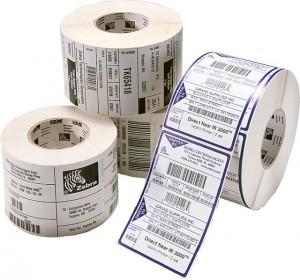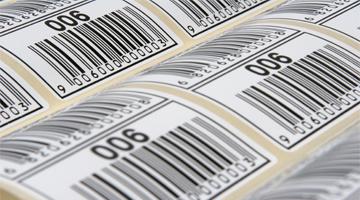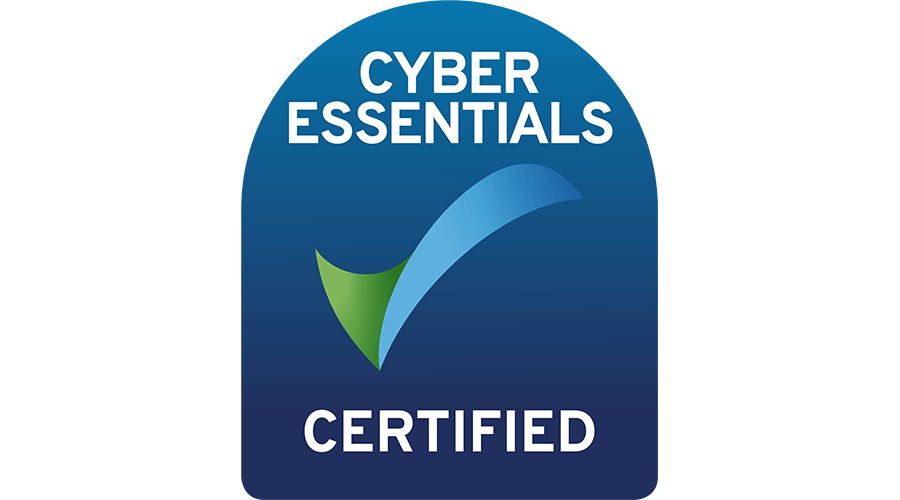These two types of printing can be easily confused for one another, but they are quite dissimilar. Depending on your needs, you might find that you prefer one above the other. But what are the differences between direct thermal and thermal transfer labels?

Thermal Transfer Vs Direct Thermal
With thermal transfer printing, the printer requires a ribbon that is fed through the printer alongside the label that is utilised in order to apply heat and transfer the design. Heat is applied to the ribbon which subsequently transfers both the wax and the resin to the label. Due to the durability of this method, it makes for an excellent technique when it relates to high-density asset labels or barcode labels.
Unlike thermal transfer, direct thermal doesn’t need a ribbon to print the labels. As the labels are fed through the printer, it applies heat directly onto the label. The label is heated and, through a chemical reaction, the heated areas darken.
What are the Main Differences?
Direct thermal printers are limited to printing in black; a pre-printed, special thermochromaic ink must be present in order to print in other colours. Thermal transfer printing, however, easily prints in black and in other colours. It also has a longer shelf-life with over a year of use, unlike direct thermal whose labels last around a year. Differentiating the two is easy; in order to determine whether the label is direct thermal, you need to scratch it quickly and see if a dark mark appears. If it does, it is a direct transfer label.
If you require a printing solution that is resistant to fading, smudging, and smearing, thermal transfer is the right choice. It allows for long-term use, although the cost of both labels and thermal ribbon is approximately the same as the cost of direct thermal labels. Thermal transfer printers are more difficult to reload, as it needs to be lined up correctly due to being covered in printing wax.
With direct thermal printing, you have a great solution for shipping. These types of labels can be printed on one day, shipped a few days later, and thrown away a couple weeks after that with the packaging. It allows for high reloading speed, as the label doesn’t need to be replaced. Unlike thermal transfer, however, these labels fade and smudge easily, potentially becoming unscannable after around six months.

To learn more about this and the technologies that can help you stand apart from the competition, increase your productivity and improve your warehousing, download the full, free report below:


















